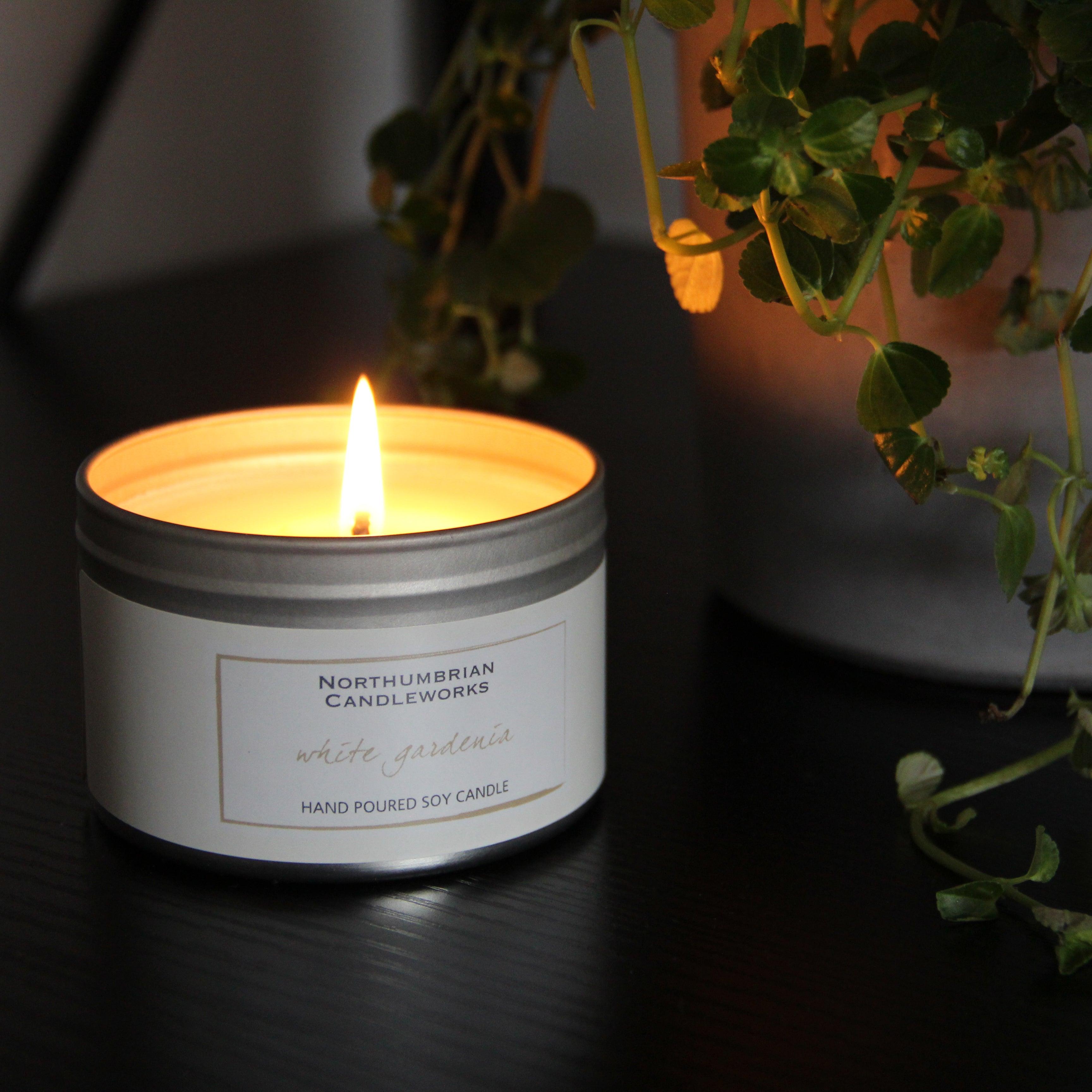Shop Sustainable Soy Wax Candles and Home Fragrance Collections
Shop Sustainable Soy Wax Candles and Home Fragrance Collections
Blog Article
From Wick to Wax: Understanding the Chemistry Behind Soy Wax Candles and Their Environmental Effect
As we illuminate our spaces with the cozy glow of candle lights, there lies a world of intricate chemistry behind the apparently easy act of lighting a soy wax candle light. Join us as we untangle the scientific ins and outs behind soy wax candles and explore their effects on our setting.
Soy Wax Vs. Paraffin Wax
When contrasting soy wax and paraffin wax for candle making, it is essential to comprehend the unique attributes and advantages of each product. Soy wax is an all-natural, renewable energy stemmed from soybean oil, making it biodegradable and green - home fragrance. On the other hand, paraffin wax is a byproduct of petroleum refining, which elevates worries concerning its ecological impact and sustainability
Soy wax candle lights burn cleaner and give off less residue compared to paraffin wax candles, making them a healthier choice for interior air top quality. Additionally, soy wax has a lower melting point, permitting for a longer-lasting candle light that disperses scent extra effectively. Paraffin wax, on the various other hand, often tends to melt faster and much less cleanly, potentially launching harmful chemicals right into the air.
From a sustainability viewpoint, soy wax is preferred for its biodegradability and eco-friendly sourcing, lining up with the growing consumer choice for ecologically conscious products. While paraffin wax has been a conventional choice in candle making as a result of its price and simplicity of use, the change in the direction of environment-friendly options like soy wax is acquiring momentum in the sector.
Chemical Structure of Soy Wax

Burning Process in Soy Candles
The chemical composition of soy wax directly affects the burning process in soy candles, affecting elements such as shed time, fragrance release, and ecological effect. When a soy candle is lit, the heat from the fire thaws the wax near the wick. This liquid wax is after that prepared the wick due to capillary activity. As the fluid wax reaches the flame, it undertakes and evaporates combustion. The burning process involves the vaporized hydrocarbons in the wax responding with oxygen in the air to produce warmth, light, water vapor, and carbon dioxide.
The burning efficiency of soy candle lights is affected by the purity of the soy wax and the high quality of the wick. Additionally, soy wax candle lights have a reduced environmental impact compared to paraffin candles due to their renewable and naturally degradable nature.

Environmental Advantages of Soy Wax

Considered a lasting alternative to standard paraffin wax, soy wax provides remarkable environmental advantages that make it a popular selection among eco-conscious consumers. Soy wax burns cleaner and creates much less soot than paraffin wax, adding to better indoor air top quality and decreasing the requirement for cleaning and maintenance. Generally, the ecological benefits of soy wax line up with the expanding demand for lasting and green items in the market.
Recycling and Disposal Factors To Consider
Reusing and appropriate disposal of soy wax candles play a crucial role in maintaining ecological sustainability and reducing waste in households and areas. When it comes click to read to reusing soy wax candle lights, the initial action is to make certain that the candle light has actually melted entirely.

In terms of disposal, if recycling is not an alternative, soy wax candle lights are eco-friendly and can be securely thrown away in a lot of family waste systems. Nonetheless, it is always suggested to get in touch with neighborhood reusing centers or waste administration solutions for certain guidelines on candle light disposal to make sure appropriate handling and environmental management.
Conclusion
Finally, the chemistry behind soy wax candles discloses their ecological benefits over paraffin wax candle lights. Soy wax, stemmed from soybean oil, burns cleaner and generates much less soot when contrasted to paraffin wax. The combustion procedure in soy candles is more reliable, causing a much longer and much more also shed. Additionally, soy wax is biodegradable and sustainable, making it a much more lasting choice for Clicking Here candle manufacturing. Recycling and appropriate disposal of soy wax candle lights even more contribute to their environmental influence.
When contrasting soy wax and paraffin wax for candle making, it is essential to comprehend the distinctive characteristics and benefits click for info of each material (soy candles).Soy wax candle lights melt cleaner and give off much less soot compared to paraffin wax candles, making them a much healthier choice for interior air high quality.Taken into consideration a lasting choice to traditional paraffin wax, soy wax provides significant ecological advantages that make it a preferred choice among eco-conscious consumers. Soy wax burns cleaner and produces less soot than paraffin wax, contributing to better indoor air quality and decreasing the requirement for cleaning and maintenance.In final thought, the chemistry behind soy wax candles exposes their ecological benefits over paraffin wax candle lights
Report this page